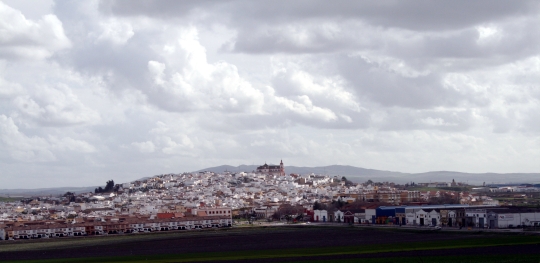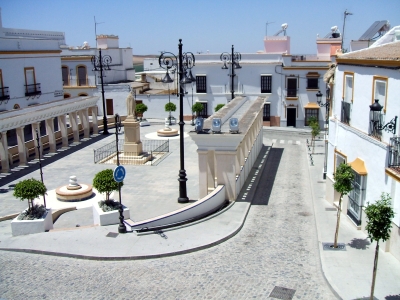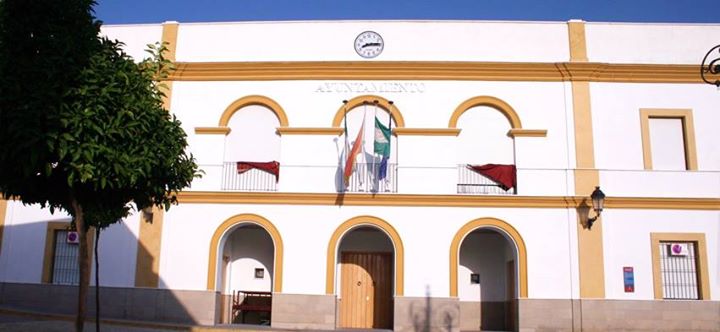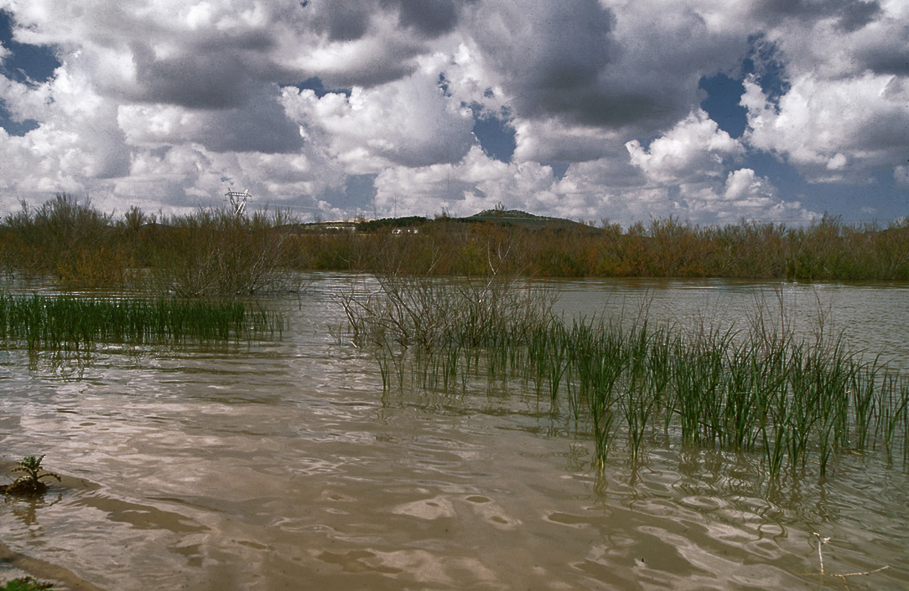Cabezas de San Juan, Las

Municipality located in the southern part of the province, near the highway between Sevillle and Cadiz. Its landscape consists of fertile, undulated farmlands.
Part of the Natural Reserve of the Complejo Endorreico de Lebrija-Las Cabezas is located inside the township, including the lagoons of Cigarrera, Galiana, Peña, Pilón and Taraje; all of great ecological value.
The most important monument of the town is the beautiful Church of San Juan Bautista.
History
The first settlements date back to prehistoric times, as evidenced by the archaeological remains discovered in the AREA, including polished stone axes and a tomb stone from the Iron Age.Some historians believe that the AREA corresponds to the location of the Iberian village of Ugia, named by Ptolemy.
It was populated during the Roman domination, and statues, inscriptions, shafts and coins from that period have also been discovered..
Its present name comes from the period of Al-Andalus, during which it was called Atalaya de Montújar o Montúfar. Its location on a small hill (cabezo) is the origin of the name Las Cabezas.
The Christian conquest was undertaken by Ferdinand III between 1250 and 1255. It seems that the second part of the town"s name might have come from the fact that the Order of San Juan was charged with its custody and defence.
During the 14th and 15th centuries it became very important as a border AREA between Christians and Muslims. At the end of this period a large part of the population left and the castle was abandoned.
During the reign of Charles II the town was sold to Francisco Joseph de Villavicencio, Count of Cañete, who tore down part of the castle to build the palace..
In 1821 it became famous as a result of the revolt and proclamation of the Constitution of 1812, led by the general Rafael de Riego Núñez. This was the beginning of a series of revolutionary revolts in several cities. The Cortes of 1821 recompensed the town and granted it the title of city. Nonetheless, the failure of the Cortes and the return to an absolutist regime provoked the annulment of the Decree, which was never in force.
Eminent citizens
Juan Britto, painter.
Fernando Sánchez Moreno "Fernando el Herrero", singer and song writer.

- Max 20
- Min 15
- Max 68
- Min 59
- °C
- °F









